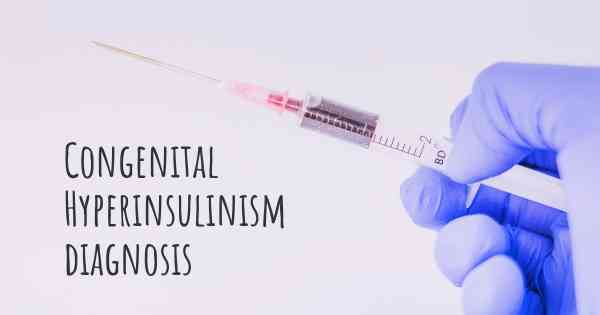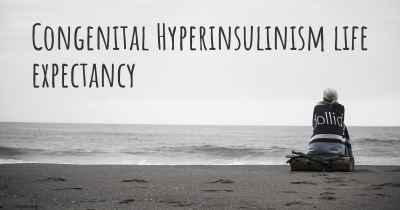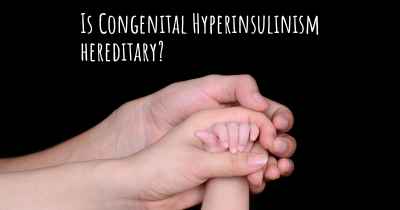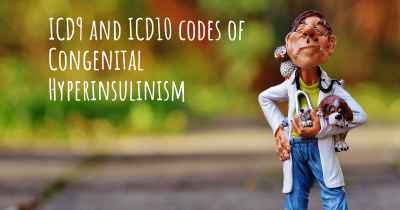How is Congenital Hyperinsulinism diagnosed?
See how Congenital Hyperinsulinism is diagnosed. Which specialists are essential to meet, what tests are needed and other useful information for the diagnosis of Congenital Hyperinsulinism

Diagnosis of Congenital Hyperinsulinism
Congenital Hyperinsulinism (CHI) is a rare genetic disorder characterized by excessive insulin production in the pancreas, leading to low blood sugar levels. Early diagnosis is crucial to prevent severe complications and manage the condition effectively. The diagnosis of CHI involves a combination of clinical evaluation, blood tests, imaging studies, and genetic testing.
Clinical Evaluation
The first step in diagnosing CHI is a thorough clinical evaluation by a healthcare professional. The doctor will review the patient's medical history, including any symptoms or signs of low blood sugar, such as seizures, lethargy, or poor feeding. They will also assess the family history for any known cases of CHI or other related disorders.
Blood Tests
Blood tests play a crucial role in diagnosing CHI. The primary test used is a fasting blood glucose test, which measures the blood sugar level after a period of fasting. In individuals with CHI, the blood sugar level will be abnormally low. If low blood sugar is detected, additional tests are performed to confirm the diagnosis.
1. Glucose Tolerance Test (GTT): This test involves administering a specific amount of glucose and monitoring the blood sugar levels over time. In individuals with CHI, the blood sugar levels will remain low or drop further instead of rising as expected.
2. Insulin Levels: Measuring insulin levels in the blood can help confirm the diagnosis of CHI. Individuals with CHI will have elevated insulin levels, even when the blood sugar is low.
3. Ketone Levels: Ketones are produced when the body breaks down fat for energy. In CHI, ketone levels are typically low or undetectable due to the excessive insulin production.
Imaging Studies
Imaging studies are often performed to identify the specific location and extent of abnormal insulin production in the pancreas. The most commonly used imaging technique is an abdominal ultrasound, which uses sound waves to create images of the pancreas. Other imaging modalities, such as computed tomography (CT) scan or magnetic resonance imaging (MRI), may be used in certain cases.
Genetic Testing
Genetic testing is an essential component of the diagnostic process for CHI. It helps identify the specific genetic mutations responsible for the condition. There are several known genes associated with CHI, including ABCC8 and KCNJ11. Genetic testing can be performed using a blood sample or a saliva sample. Identifying the specific genetic mutation can provide valuable information for prognosis, treatment options, and family planning.
Conclusion
Diagnosing Congenital Hyperinsulinism involves a comprehensive approach, including clinical evaluation, blood tests, imaging studies, and genetic testing. Early diagnosis is crucial to initiate appropriate treatment and prevent complications associated with low blood sugar. If you suspect your child may have CHI or exhibit symptoms of low blood sugar, it is important to consult with a healthcare professional for further evaluation and diagnosis.








